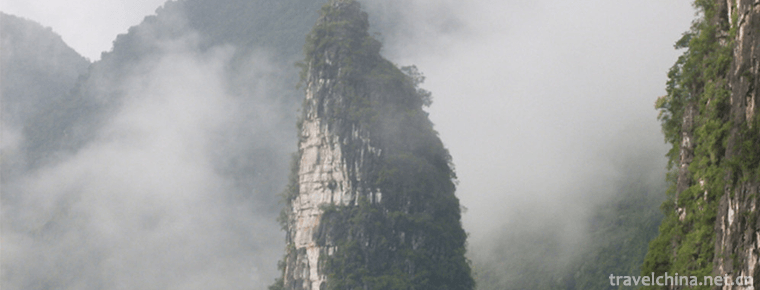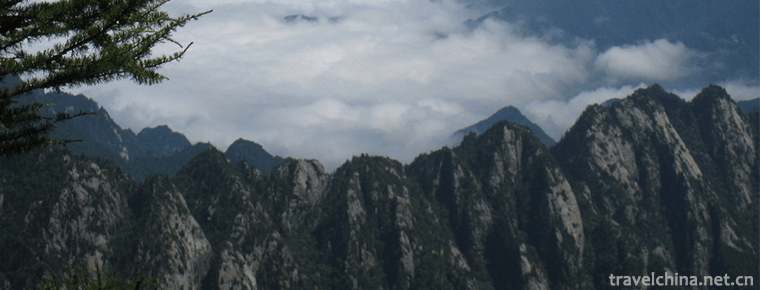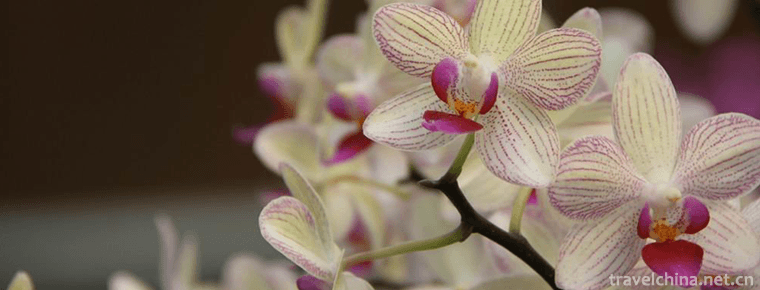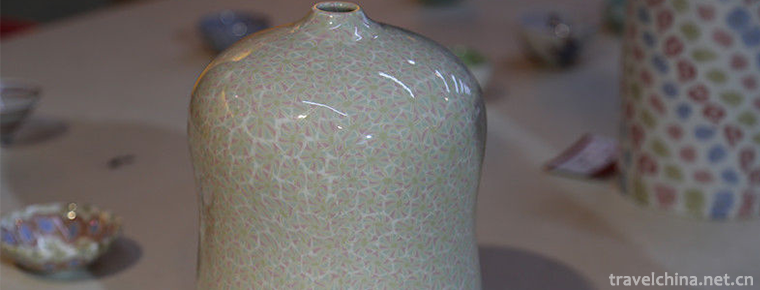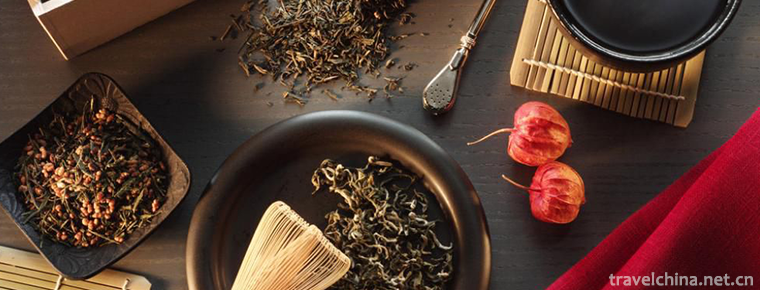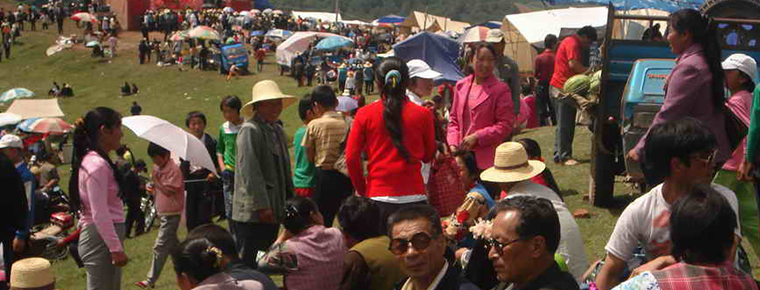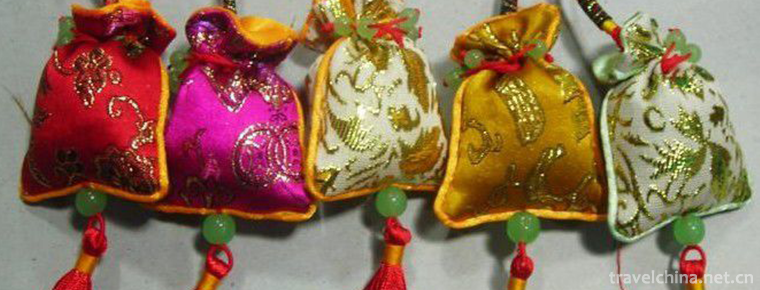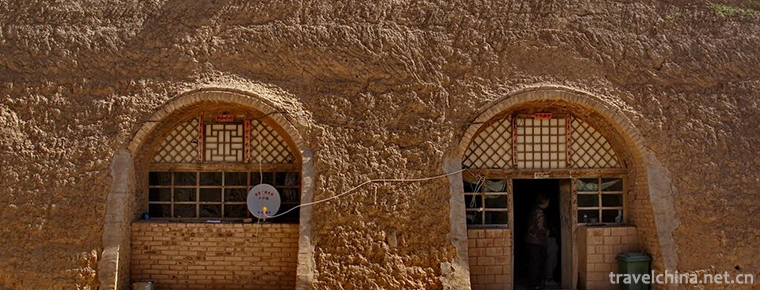Hebei Bangzi
Hebei Bangzi
Hebei Bangzi is an important branch of Bangzi vocal cavity in China. It was formed in the Qing Dynasty (1821 - 1850), and entered a prosperous period in the early years of Qing Guangxu. Hebei Bangzi is not only good at expressing historical themes, but also good at reflecting real life. In stage art, both music, performance and stage art have great changes and obvious improvements, so that Hebei Bangzi has added bright, vigorous, gorgeous, euphemistic features, popular in Hebei, Tianjin, Beijing and Shandong, Henan, Henan, etc. Shanxi has become one of the most influential traditional operas in northern China. In its flourishing period, Hebei Bangzi was also introduced into the three provinces of Northeast China, the Jianghuai region and the territory of Russia and the Mongolian People's Republic.
On May 20, 2006, Hebei Bangzi was listed in the first batch of national intangible cultural heritage list with the approval of the State Council.
historical origin
origin
Hebei Bangzi was transformed from Shanshan and Shaanxi Bangzi flowing into Hebei Province and formed during the Qing Dynasty (1821-1850). Shanshan-Shaanxi Bangzi has a long history of flowing into Hebei. In the relevant records of the Qing Dynasty, some are called Qin Opera, some are called Chaotic Bombs, some are called the West, and sometimes are also called Bangzi of Yiyang. According to Liu Xianting's Guangyang Miscellaneous Records, Qin Youxinsheng, a famous bomber, has a very scattered and sad voice. Liu was born in the fifth year of Shunzhi in Qing Dynasty and died in the thirty-fourth year of Kangxi (1648-1695). What he recorded in the end of the seventeenth century is what he heard in Beijing and its surrounding areas. It confirms that "Qin voice" or "random bullet" (i.e. Bangzi tune) was in fashion in the capital region at this time. By the time of Qianlong, Qin Opera became more and more popular, and it had become an overwhelming trend to Kunqu Opera, such as the preface of "Legend of the Middle Margin of Dream" in the Ninth Year of Qianlong (1744): "Pear Garden of Chang'an (Beijing)... So only Qin Sheng, Luo, Yi. Hate to listen to Wu Sao, listen to Kunqu songs, and then disperse in a hurry. Since then, "to the Jiaqing Year, Sheng Shang Qin Opera, is the voice of Pushang Sangjian." (Preface of Ci in Dumen Chronicle) The above list shows that Qin Opera existed in Jingji area in the middle of Kangxi Dynasty at the latest, and there were performances until Qianjia.
After Shan-Shan Bangzi flowed into Hebei Province, in order to win the admiration of the local people in the long-term performance process, according to the local people's language habits, interests, hobbies and so on, continuous artistic reform and creation were carried out. Especially the localization of successor talents and practitioners, Hebei people are gradually increasing in the cast, which is an important factor leading to the change of Shan-Shan Bangzi. During the Daoguang period, the long-term activities of Bangzi in Shanshan and Shaanxi in Hebei gradually developed into the early Bangzi in Hebei. At the latest in the 1940s, there were Bangzi classes in Zhili in Hebei Province. In the late years of Daoguang, there appeared Bangzi classes in Sanqing He and Xiangtai in Ma Wutou and Dingxing of Nanxiong County, Beijing. Students are mostly the children of poor local farmers. There are not only Bangzi artists but also high-pitched and versatile Bangzi artists among teachers. This class of apprentices, mainly in Dingxing, Xushui, Rongcheng, Gaoyang, Baxian area. During the Daoguang period, Bangzi was the earliest one in Hebei Province, and it was also an important symbol of the birth of Bangzi in Hebei Province.
Development
Hebei Bangzi has a unique feature different from Shanshan Bangzi. After that, it has developed very rapidly. By the turn of 1960s and 1970s, many classes and associations have appeared in Hebei Province. With the mass production of class clubs and the emergence of a large number of outstanding actors, Bangzi in Hebei Province began to show prosperity at the turn of Qingtong and Guangzhi, which is also the first development climax in its history. With the flourishing rise of Bangzi in Hebei Province, the pi-reed (Peking Opera) which was the hero in Beijing at that time formed a situation of contention and contention. Hebei Bangzi Branches and Opera Troupes, several times throughout Hebei. The emergence of class clubs has made Hebei Bangzi an irresistible drama in the countryside.
Decline
In the 1930s, Hebei Bangzi began to decline, first in Peiping, Tianjin, Shanghai and other metropolises, and then in small and medium-sized cities. The rate of decline in rural areas is slower. By the end of the 1940s, it had declined and was on the verge of extinction. After Japan's invasion of China in 1931, Hebei Bangzi artists who were active in Northeast China fled back to Guannei in large numbers. Hebei Bangzi Banner Club in rural Hebei has also been disintegrated. Most of Hebei Bangzi artists with deep attainments and better conditions went to cities to study Beijing Opera or to comment on it. There is no Hebei Bangzi Banner Society in Beijing. There are only skybridges in the playground and sporadic performers performing Hat Show. Tianjin also only sings by sporadic artists. Most of Hebei Bangzi artists in Beijing and Tianjin were forced to change their professions. In the countryside, a large number of class clubs have been disbanded, and some artists even live by begging and selling.
During the period of Japanese puppet rule, there was no organized Bangzi Band Society in Beiping. There was only a Bangzi Hat Show in Red Mansion Theatre and Small Theatre Garden of Tianqiao. The performance income of Hebei Bangzi artists is extremely small.
Tianjin is the most concentrated place of Bangzi Banner Club and artists in Hebei Province, with a deep audience base. However, during the period of the enemy-puppet rule, Bangzi in Hebei fell to the point of no group of cooperatives, only tea gardens in Bird Market, Triangle Land, Xiguangkai and other places, and occasionally scattered Bangzi artists in Hebei "Dazier" (time-paid performances).
In rural areas, the decline rate of Bangzi in Hebei Province is slower than that in urban areas. But in the 1940s, apart from the occasional amateur performances of Hebei Bangzi at temple fairs or Spring Festival, there were few performances in peacetime, and professional class clubs no longer existed. Rural Hebei Bangzi artists, like urban artists, have changed their singing to other operas, some have landed on the farm, and some have made a living selling and begging along the village.
recovery
Just when Hebei Bangzi Opera was on the verge of extinction, the Eighth Route Army and the Central Hebei Military Region established the Banghuang Co-performance Training New Opera Society in 1946, and the Hebei Bangzi Opera Troupe was also established in the Eighth District of Central Hebei. The establishment of these two opera groups has saved the dying Bangzi opera in Hebei Province and saved strength for the revival of Bangzi in Hebei Province. In addition, in the rural areas of the liberated areas, many scattered artists, under the care of the Democratic regime, have also been guaranteed their lives. Peasant amateur theatre troupes have been set up one after another, and many artists have participated in amateur theatre troupes.
After the founding of the People's Republic of China in 1949, Hebei Bangzi began to recover in an all-round way. In Baoding, the former Peixin Opera Society of the Central Hebei Military Region was transformed into the experimental theatre of Hebei Province (Beijing, Commentary, Bangzi Co-performance), and later into the state-owned Bangzi Opera Troupe of Hebei Province. At the same time, many professional Bangzi Opera Troupes of Hebei Province have been established throughout the province. According to statistics, the only performing groups at the district level are Hebei Bangzi Theatre Troupe in Baoding, Cangzhou, Tianjin, Hengshui and Shijiazhuang, while those at the county level are Hebei Bangzi Theatre Troupe in Dingxian, Lixian, Mancheng, Xiong, Renqiu, Hejian, Raoyang, Qianxi, Huailai, Xinglong, Fengning and other counties.
In addition, in 1955, the Hebei Opera School was established to guarantee the successors of Hebei Bangzi cause. This is the first opera education institution in the history of Hebei, which is mainly established by the state to train talents of Hebei Bangzi. The first and second graduates of the school mostly became the backbone of Hebei Bangzi Performance Troupe.
After a short recovery period, Hebei Bangzi Opera began to show a vigorous upward trend in the mid-1950s. By the early 1960s, it had become a situation of comprehensive rejuvenation of Bangzi in Hebei Province. Many new literary and artistic workers joined the team of Hebei Bangzi and cooperated with artists to carry out art reform and creation, which is also an important factor for the revival of Hebei Bangzi.
Present situation
The employment is narrow and the enrollment of students is difficult.
After the late 1980s, under the constant impact of various forms of modern art, the survival of Bangzi in Hebei Province is in crisis again, the performance market is shrinking, and the brain drain is serious, which urgently needs to be rescued and protected.
Opera school is the main base for cultivating talents of Bangzi in Hebei Province. However, it is difficult to enroll students in Bangzi specialty in Hebei Province, and there are few students, which has become an urgent problem to be solved.
Because of the high tuition fees and long training cycle of art students, it is very difficult for children to start practicing from the age of seventy-eight and teenagers, and the comprehensive quality requirements are also high. And compared with Peking Opera, Hebei Bangzi graduates have narrow employment opportunities, so many parents are reluctant to let their children apply for the exam.
Fewer new comers and insufficient talent reserve in theatre troupe
As some older artists have withdrawn from the stage, the most difficult problem faced by Hebei Bangzi Theater is that the actors are green and yellow. The main actors are middle-aged, but many young actors are not well-behaved, their acting skills are not mature enough, and the lack of talent has become the bottleneck of career development. Because of the shortage of reserve talents, in the long run, the problem of the lack of green and yellow and the lack of successors is likely to arise in Bangzi of Hebei Province.
The art form is old and the performance market is shrinking
Government support is insufficient and investment is insufficient; market demand has changed, and the way of humanistic education is no longer the traditional single form - watching grand theatre; Hebei Bangzi art form is old, singing difficult, which is not conducive to popularization. Under the influence of multi-culture, young people do not understand opera, which leads to the aging of opera audience. The performance market is shrinking day by day, the number of professional theatre troupes is declining sharply, and some of them are already in existence.


-
Dukezong Ancient City
The ancient city of dkkzong is the best preserved and largest Tibetan residence in China.
Views: 184 Time 2018-10-20 -
The peak of unique beauty Duxiufeng
Duxiufeng is located in Jingjiang King's City in the center of Guilin City, Guangxi. It is an inseparable part of the King's City Scenic Area. Gufeng protruding, steep, magnificent, known as "a p.
Views: 153 Time 2018-12-12 -
Taibai Mountain National Forest Park
Taibai Mountain, National AAAAA Tourist Scenic Area, National Forest Park, National Water Conservancy Scenic Area, Ten National Sports Tourism Scenic Spots, Ten Best Holiday Areas of "Beautiful C.
Views: 173 Time 2018-12-12 -
Quancheng Marine Polar World
Quancheng Marine Polar World is a comprehensive exhibition hall located in Qihe County, Dezhou City, Shandong Province, with a total investment of 1 billion yuan .
Views: 250 Time 2019-02-07 -
Yanling National Flower and Tree Expo Park
Yanling National Flower and Tree Expo Park (Yanling Flower and Tree Expo Park) is located in the eastern part of Xuchang City, Henan Province..
Views: 108 Time 2019-02-28 -
Firing Techniques of Dangyangyu Twisted Tissue Porcelain
Dangyangyu Twisted Tissue Porcelain, a special product of Dangyangyu Village, Xiuwu County, Henan Province, is a product of China's National Geographic Indicators..
Views: 169 Time 2019-04-25 -
Black Tea Production Techniques
Black tea, originally known as "Border Tea", was smuggled across the border by merchants as early as the end of the 16th century. In the Ming Dynasty, black tea was designated as.
Views: 112 Time 2019-05-03 -
Flower Huaer
"Huaer" is a folk song created and shared by Han, Hui, Tibetan, Dongxiang, Baoan, Sarah, Tu, Yugu and Mongolian nationalities in Gansu, Qinghai and Ningxia provinces in Northwest China..
Views: 122 Time 2019-05-04 -
Sachet
Incense bag is also called odor-tolerant, incense bag, incense bag, incense sauce, Pei Mo. Nowadays people call it purse, toy and dim. It is a folk embroidery handicraft created by ancient Chinese wor.
Views: 187 Time 2019-07-03 -
Cave Building Techniques
Cave dwelling is an ancient dwelling form of residents on the Loess Plateau in Northwest China. The history of cave dwelling can be traced back to more than 4,000 years ago. The Chinese people creativ.
Views: 99 Time 2019-07-11 -
Laojunshan scenic spot in Pingshan County
Laojunshan scenic spot in Pingshan County is a provincial scenic spot approved by the people's Government of Sichuan Province. It is located on the southern edge of Sichuan Basin and is located on the arc-shaped tourism line of Chengdu Emei.
Views: 162 Time 2020-10-16 -
Guangan bus
In the main urban area of Guang'an City, there are not only urban buses directly to Deng Xiaoping's hometown scenic spot, Shenlong mountain Ba Ren stone city, Siyuan square, but also one-day tour through bus to Huaying Mountain, baoz.
Views: 303 Time 2020-12-19

